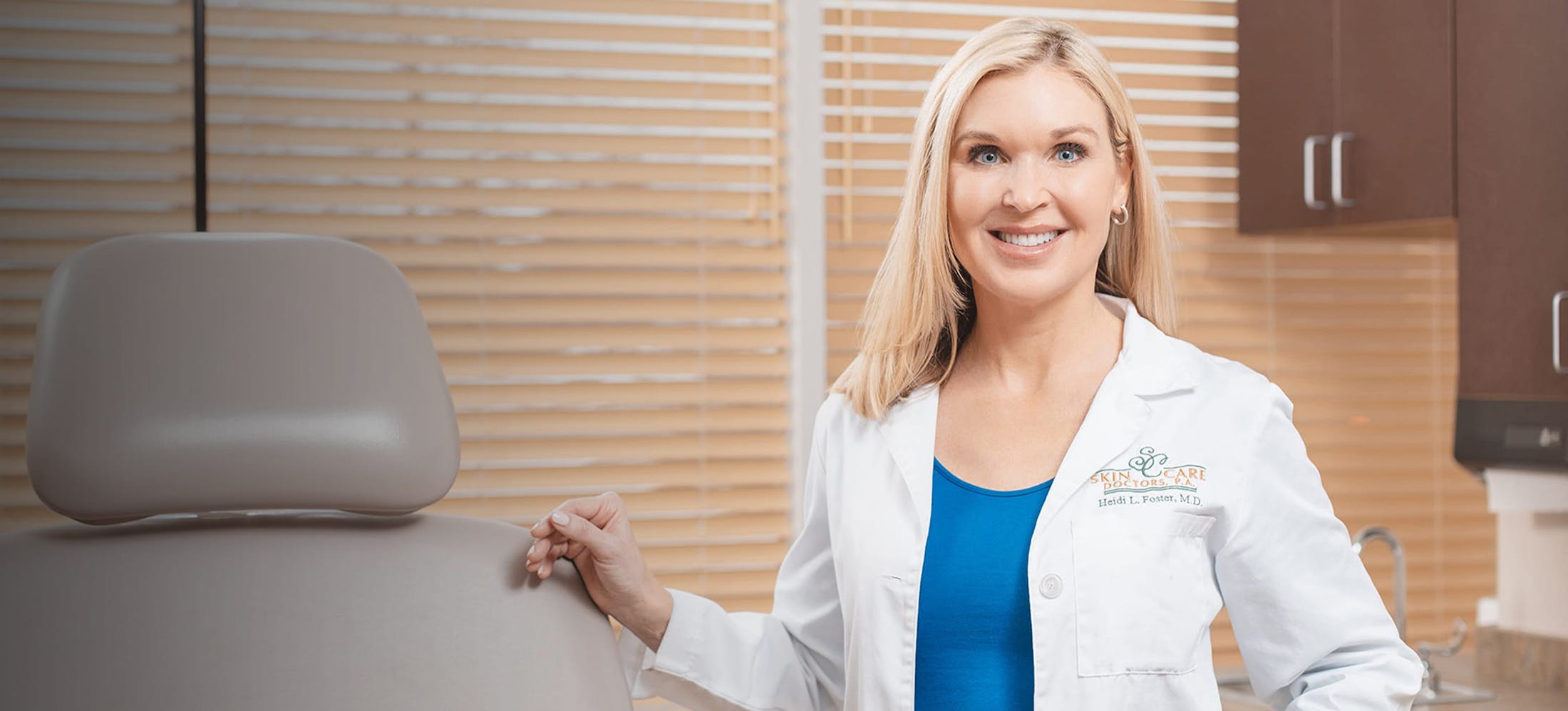Warts are infections caused by viruses that are present everywhere, making them among the most common of all childhood skin conditions. If you need help getting rid of a wart, our medical providers at Skin Care Doctors offer an effective treatment.
When to Seek Treatment
Warts are usually tender when they are growing most rapidly. A little wart can be a big problem. Often, the pain will disappear within a few days, even if nothing is done. While most warts disappear on their own, some may require medical attention. Here are some instances when you should see a doctor:
- If the wart is causing pain or discomfort
- If the wart is bleeding or oozing pus
- If the wart spreads to other parts of the body
- If you have a weakened immune system
- If the wart is on your face or genitals




